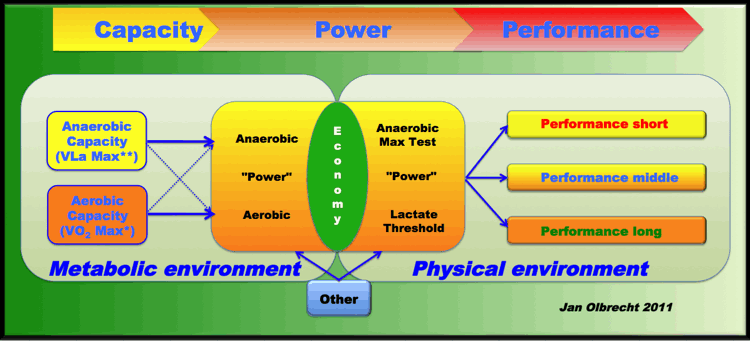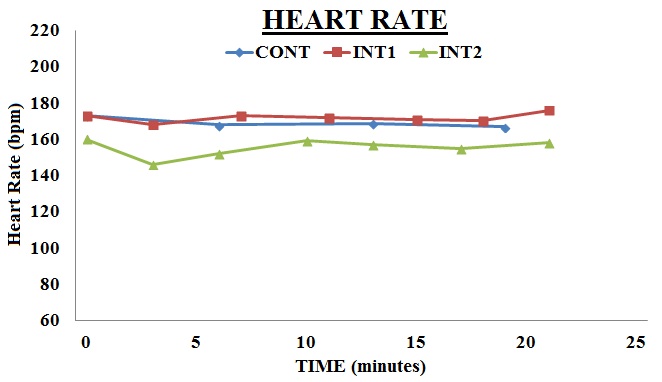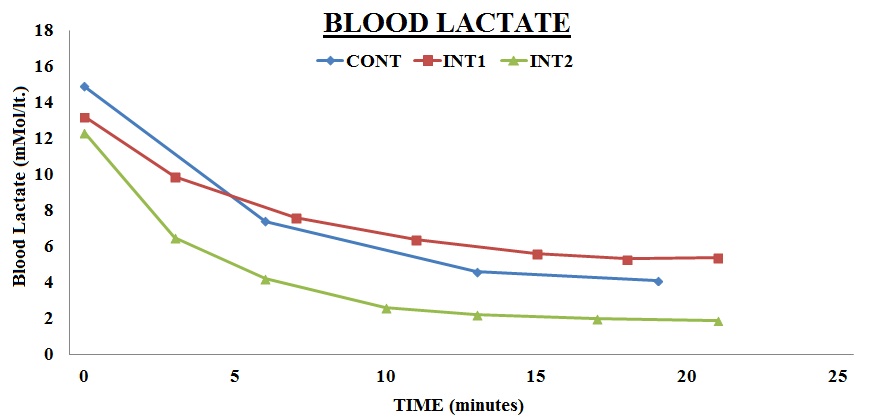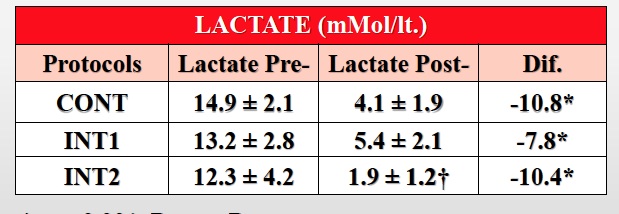Swim Clinic
Jan Olbrecht will present April 29/30 2017
at U. of Tennessee |
Rio Olympics
Swimmers Whose Coaches Jan Olbrecht Advises
Have Success at Rio Olympics
- Three swimmers in top 5 of men's 100 m free including gold and silver
- Gold in men's 100 m and 10,000 m free; silver in men's 50 m free;
- 10 swimmers in finals of men's 4 x 100 m free relay - 4 silver; 2 bronze
- 12 swimmers in finals of men's 4 x 200 m free relay - 3 silver
- 7 swimmers in other relay finals - 1 silver and 1 bronze
- 14 swimmers in individual finals (2 gold, 2 silver)
10 other swimmers in semi-finals
- Swimmers from six different countries in finals and semi-finals:
Australia, Belgium, France, Great Britain, Netherlands and United States
|
|
| |
Jan Olbrecht's book -
The Science of Winning |
Read Introduction of book here and First Chapter here |
| |
1. Get the best book in the world on swim training or just plain training. The Science of Winning is available as an ebook and in print. The ebook is for the Kindle but with the Kindle app can be read on an IPad or Android tablet.
|
| |
|
| |
|
Book Description
It's very rare that a book can mean so much for the professional training of athletes; Prof. Dr. Jan Olbrecht's book does! - He has a Ph. D. in physiology and bio mechanics and is training adviser to numerous world class athletes - His method is based upon careful planning and a unique method of lactate testing to assess and optimize the athlete's conditioning and potential - His book should be considered as a manual for the modern coach who wants to know before planning and periodizing what kind of conditioning adaptations to expect - It provides knowledge and shares experience in a very understandable way and is applicable to every training situation - It advances some new important concepts, most notably that training at anaerobic threshold speeds is not the most effective way to improve aerobic endurance and that aerobic and anaerobic metabolism must be developed to optimum levels, not maximum, in order to perform well in competition.
See our page on the The Science of Winning for a list of the world class athletes that Jan has advised.
|
|
|
2. Jan Olbrecht's approach to the training of swimmers is two fold. First there is systematic and appropriately timed testing which indicates the swimmer's aerobic and anaerobic capacities. With this evaluation in hand Jan can now evaluate the training that the swimmer has performed since the last test. The swimmer either continues on with the planned training program or modifies it based on the test results. Finally, the swimmer then enters the next training period with the adjusted training program.
You train, you test, and then you adjust the athlete's training based on what the testing shows. This is called the steering principle which is something Jan learned as a student years ago from others who trained high level athletes. The following graphic depicts the process. Feedback from testing is essential for success with any level of athlete. |
| |
|
| |
3. Jan's approach to training is illustrated by the following model of metabolism. This model is based on the interaction of the aerobic and anaerobic systems. It explains why an outstanding 50 m and 100 freestyle swimmer may only be a good 200 m freestyle swimmer and just an average 400 m swimmer or why an outstanding 400 m swimmer may not be fast enough to make the 4 x 100 m freestyle relay. It also explains just what has to be trained to make the swimmer faster at his or her desired event.
A full discussion of the concepts behind this model are in the Science of Winning. A shorter discussion is also available on this site at our lactate threshold page. |
| |

|
| |
4. A youtube video shows Jan and his wife Pascale during a lactate testing session with a swim team in Belgium.
This site is just beginning and many more examples and links will be added shortly that discuss how best to use lactate testing in swimming. |
| |
Some other examples of the use of lactate testing for swimmers |
| |
A very popular use of lactate testing in swimming is to indicate whether the swimmer is ready for the next heat. A competitor often swims as many as 3-4 times in a single session as he or she competes in preliminary heats, semi-finals and finals for individual events as well as relays.
The following are two charts which show how a world class swimmer uses lactate testing. This athlete has swum in several world championships and two Olympics; he holds several international records. In preparation for the London Olympics, he measured his lactate levels using the Lactate Plus in important meets to determine if his lactate levels were low enough to swim optimally in the next event. A reading was taken within a couple of minutes of the finish, and then additional readings were taken after recovery swims prior to the next event. Since he often has more than one event in a given session, he needs to lower his lactate levels to around 2.0 mmol/l before his next event. |
| |
|
| |
The above chart indicates that it takes 800 m or more of a cool-down swim to lower the lactate levels to near resting levels. And in some occasions, more than one cool-down swim is required. For example, for the highest reading in the above chart, it was necessary to do three cool-down swims that totaled over 1600 m. These swims are easy. If they are too fast, then the athlete may generate additional lactate instead of clearing it.
The lactate levels would return to resting levels in an hour or more on their own. But this may not be in time for the swimmer’s next heat. The aerobic system eliminates nearly all the lactate as it prefers it as a fuel. The cool-down swim accelerates lactate removal from the muscles because the aerobic system uses the lactate more quickly than it would at rest.
Another useful bit of information is the lactate level after the swim. Maximum lactate levels after an important event are very good indicators of the anaerobic capacity of the swimmer. Usually higher lactate levels are associated with faster times and more utilization of the anaerobic system, but there are times when this is not quite true. Research has shown that swimmers usually swim faster in semi-finals and finals than in preliminary heats and most of the time will generate higher lactate levels. This indicates that they have probably utilized more of their anaerobic capacity.
Here is another chart from past years using different analyzers
. |
|
|
This swimmer also monitors his training sets after various workouts to make sure that lactate levels are not too high. This is a control test used to ensure that specific sets are not more intense than planned.
As an aside, Jan Olbrecht who has worked with the Dutch swim team for several years and some of their world record holders and Olympic medalists, has told us that a competition swim with the long cool down afterwards is an aerobic capacity exercise. But because a swimmer usually competes in several of these events during an important meet the effect may be a loss of anaerobic capacity over a long meet.
But one way to motivate a swimmer to do an all-out effort is to have him or her swim in their best event during a local swim meet and then do a long cool down swim. This one competitive swim and cool down will enhance aerobic capacity as the competition replaces an anaerobic set during a weekly workout schedule and the lactate test at the swim meet also indicates the progress of the swimmer. |
Here is one way to cool down with less over all volume. The following research was presented at ACSM 2015.
Effect Of Different Cool-Down Protocols In Swimmers
Raśl Ricardo Festa, Lisandro Ruffo, Juan C. Mazza, Patricia Cosolito, Sandra Prieto, Alvaro N. Gurovich
10 male swimmers (16.9±3.1 years) performed 3 100-m all-out bouts in 3 different days with 48-hour rest between bouts. After the 100-m all-out bout, subjects performed one of the three following cool-down protocols:
- Own pace continuum swimming (CONT: 1,500 m)
- low-intensity interval training (INT1: 12 x 100 m, with 40-second rest between reps)
- low-volume interval training (INT2: 3 x 10 x 25 m, with 20- and 60-second rest between reps and sets, respectively)
All 3 cool-down protocols were performed using freestyle and within 22 minutes after the all-out bout. Blood lactate levels (La) and heart rate (HR) were measured within 3 minutes after each 100-m all-out bout and 3 minutes within the end of each cool-down protocol.
Pace of All-Out Effort
Best stroke

Pace of Cool Down Swim
Freestyle

All cool down freestyle paces were at speeds that generated less than 3 mmol/l of lactate and were eliminzting lactate from muscles. These paces were determined two weeks before the all-out swims in a special test using 10 x 100 m swims at increasing paces.
Results

There is no way to tell from the heart rate data what is happening in the muscles.

Blood lactate clearly indicates what is happening in the muscles and whether the swimmer is ready for another event.

While each protocol lowered blood lactate, only one was able to reduce it to a level that allowed the swimmer to effectively compete again. More research is necessary as the lower lactate levels at the end from INT2 may be due to lower initial lactates.
But what this shows is that a higher intensity, lower volume recovery protocol may work best.
|
Finally, we have on our site a presentation from over 12 years ago by Clive Rushton who once studied German to learn what the old East Germans did to monitor and train their swimmers.
Clive is still publishing and is planning five books on swimming. Here is a link to his first book, Water, Elements of Swimming Vol 1. Also Clive has some other books on the internet and in them he is highly positive on Jan Olbrecht's The Science of Winning and lists some top coaches who also claim Jan as the source of many of their coaching ideas. See A Thimble Half Full. These books are titled
- A Thimble Half Full
- Reasonable Expectations of a Serious Swimmer
- Long Term Athlete Development
|
| |
